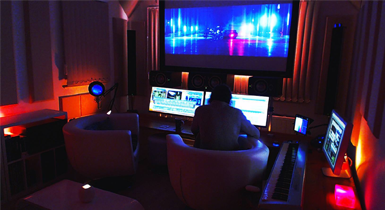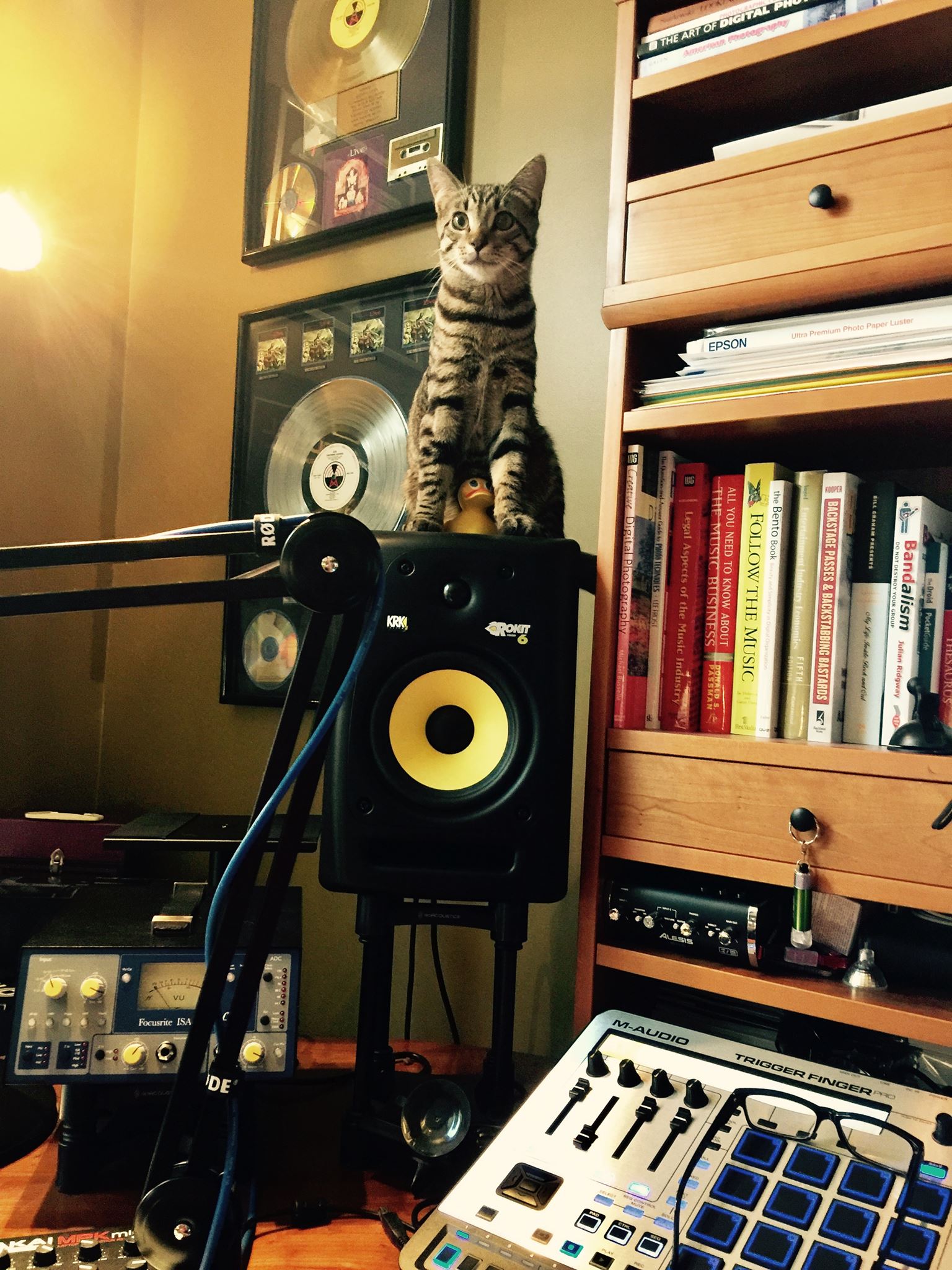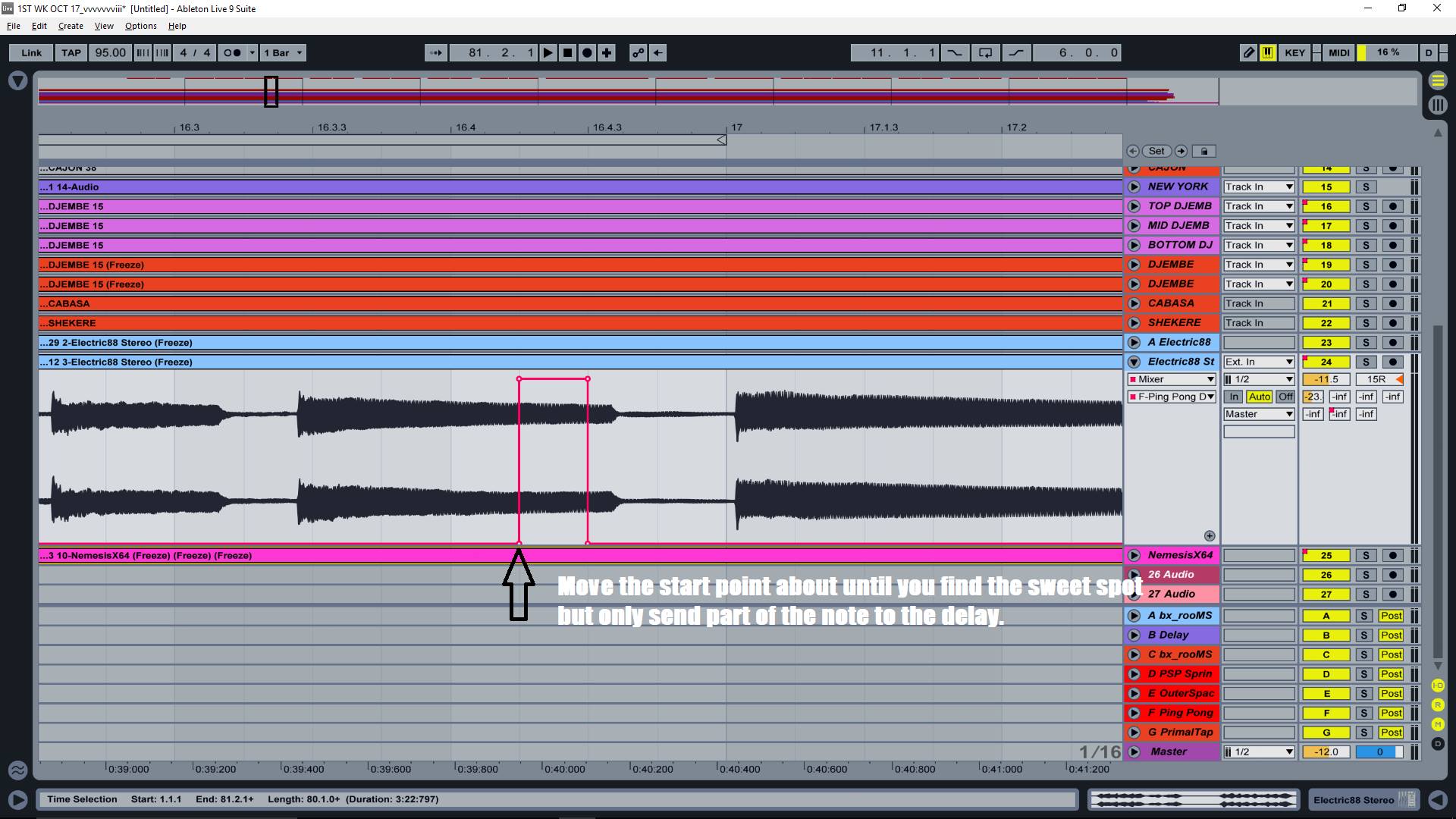Talking Tech: Your Best Studio Hack
We’re often guilty of thinking that expensive gear and software is the key to transforming our music-making. There are rare occasions when this rings true, but it’s easy to forget that some of the simplest innovations can make the biggest changes, so without further ado, here are your best studio hacks… Photo credit: Marc Mitchell […]

We’re often guilty of thinking that expensive gear and software is the key to transforming our music-making. There are rare occasions when this rings true, but it’s easy to forget that some of the simplest innovations can make the biggest changes, so without further ado, here are your best studio hacks…
Photo credit: Marc MitchellJoseph Farrish: I use Har-Bal to analyze the freq distribution of my tracks. I can then boost an area that seems lacking. Sometimes this pans out but I can go back to my mix and make appropriate changes based on this analysis.
Bas de Zwart: Don’t use good/expensive speakers or monitors. Don’t mix on headphones (NEVER). Every producer I know breaks their mixes with mixing on headphones, or by mixing ‘ON’ their great speakers and equipment (especially amateur producers like us) causing the mix to break apart on cheaper hardware.
They tailor their mixes to these beautiful and rich head sets and this wildly expensive equipment, priding themselves for a good mix, while in all actually all they did was accentuate the strong points of their own hardware.
Ross Nockles: Automating delay throws: send only part of the note to the delay. I used to send the whole of the note but found I liked it better only sending part. The note then finishes naturally and the delay blossoms out of it.
Scott Lake: Everything gets a high pass filter unless it’s kick or bass. Everything. My DAW template has one on every track, set to 100Hz and I move the breakpoint up from there while in full mix mode until I notice it, and then back it down just a tad from there. Not really a hack, but my mixes moved up a class when I started doing this maybe 10 years ago.
John Ruch: Pencil erasers to keep my keyboards from slipping on their stands.
Jeff E Reed: Record late at night to avoid distractions and mic placement isn’t a waste of time. Explore the entire instrument or speaker cab, what ever you’re miking find the sweet spot.
Todd Bacon: Just a baby one, but fun, I had a cheap $500.00 stereo tube mic preamp that was not warm at all! So I put output left into input right and got a great sounding mono preamp for only $500.00! Obviously I had the left output and right input all the way down and went up slowly.
Cameron Bashaw: Taping mics together to keep them locked in phase with each other, works especially well on sm57+md421 – which has a notoriously annoying mic clip.
Daniel Lewis Elton: Computer > Outboard > Monitors when switching on and the reverse when switching off. Will get rid of those loud, nasty pops and might even stop your speakers blowing up!
Marijan Max Malisa: Cats are great mobile high frequency absorbers.


